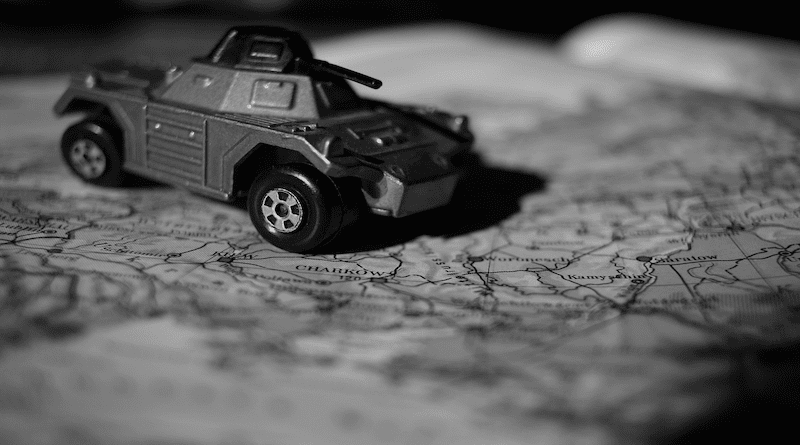Russia-Ukraine: A Conflict Cycle Approach – Analysis
The conflict between Russia and Ukraine has entered the stalemate stage of the conflict cycle model. This phase is marked by a standstill in the conflict, where neither party can secure a definitive triumph. The ongoing war has persisted for more than two years, during which Russia has retained authority over substantial areas of Ukrainian land, such as Crimea, which was annexed in 2014. Ukraine, on the other hand, has been conducting a counteroffensive since early 2023, aiming to reclaim its sovereign territory.
The conflict has been marked by a series of military actions, counteroffensives, and territorial gains and losses. In the early stages of the war, Ukraine made significant gains, retaking key towns and villages in the northeast and east of the country. However, Russia has since strengthened its position, and the front lines have been relatively stable since late 2022.
Negotiations on ending the conflict have been suspended since May 2022, and the trajectory and ultimate outcome of the war remain uncertain. Some analysts argue that the war could evolve in a direction that benefits the United States and Ukraine, with Ukraine potentially pushing beyond the pre-February 2022 line of control and retaking areas occupied by Russia. However, others caution that this scenario is improbable, given the risks of escalation, such as nuclear use or an attack on NATO, if Ukraine were to push beyond the pre-February 2022 line of control.
In this phase of the conflict cycle, the focus is on maintaining the status quo and avoiding further escalation. Both sides are likely to continue their current strategies, with Russia attempting to strategically exhaust Ukraine, while Ukraine tries to maintain its position along the contact line and recruit and train the army needed to evict the occupying Russian land forces.
Analyzing the Ongoing Stalemate Phase
The Russo-Ukraine war is currently in the stalemate phase of the conflict cycle model, as both sides have been unable to achieve a decisive victory. The conflict began with Russia’s annexation of Crimea in 2014 and has since escalated into a full-scale invasion in 2022, with both sides experiencing challenges and recalibrations. The ongoing stalemate is characterized by a deadlock in the conflict, with neither side able to break through the other’s lines.
The balance of military forces between Ukraine and Russia is such that neither side can outright “win” the war . Despite the vast amounts of arms supplied to Ukraine by the U.S. and its Western allies, the Ukrainian forces are not yet able to break through Russian lines. Meanwhile, Russia has been replenishing its armed forces with new conscripts and convicts, and its economy has largely weathered Western sanctions.
The conflict has significant implications for the global economy, with decreased net foreign investments (FDI) in Ukraine and increased military expenditures, among other negative effects . The war has also led to a refugee crisis and spiking costs of energy for EU countries, which have been heavily affected by the conflict . The stalemate phase of the conflict cycle model in the Russo-Ukraine war is a complex and dynamic situation, with both sides attempting to maintain their positions and avoid further escalation. The war’s outcome remains uncertain, and the conflict is likely to continue to be a major international concern.
As the conflict continues, the humanitarian consequences intensify, leading to increased loss of life, displacement, and suffering among Ukrainian civilians. Urgent attention is required to address the escalating humanitarian impact of the war and to mitigate the growing human toll. Simultaneously, the global implications of the Russo-Ukraine conflict remain significant, affecting the global economy, energy markets, and regional stability . International stakeholders, including the United States and European countries, are closely monitoring the conflict’s trajectory, recognizing its enduring relevance and potential repercussions on a broader scale.
Conclusion
The ongoing stalemate in the Russo-Ukraine war is likely to persist due to the current deadlock where neither Ukraine nor Russia can achieve a decisive victory. The balance of military forces, resources, and strategic positions indicates a challenging path toward a breakthrough for both parties. This situation underscores the complexity and difficulty of altering the status quo in the conflict. The war has significant implications for the global economy, with decreased net foreign investments in Ukraine and increased military expenditures, among other negative effects. The conflict has also led to a refugee crisis and spiking costs of energy for EU countries, which have been heavily affected by the conflict.

